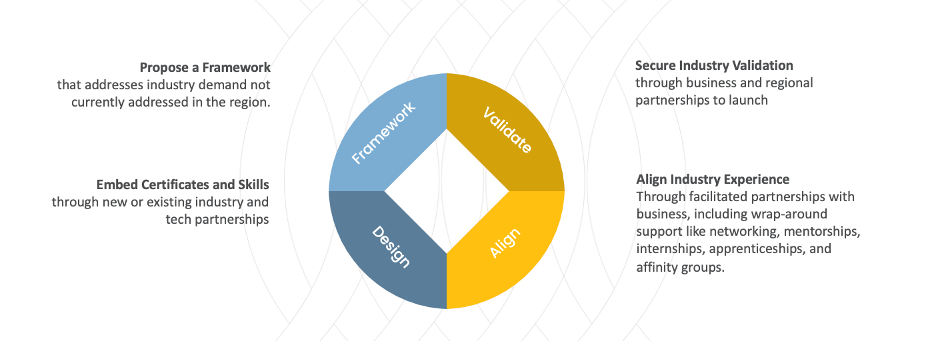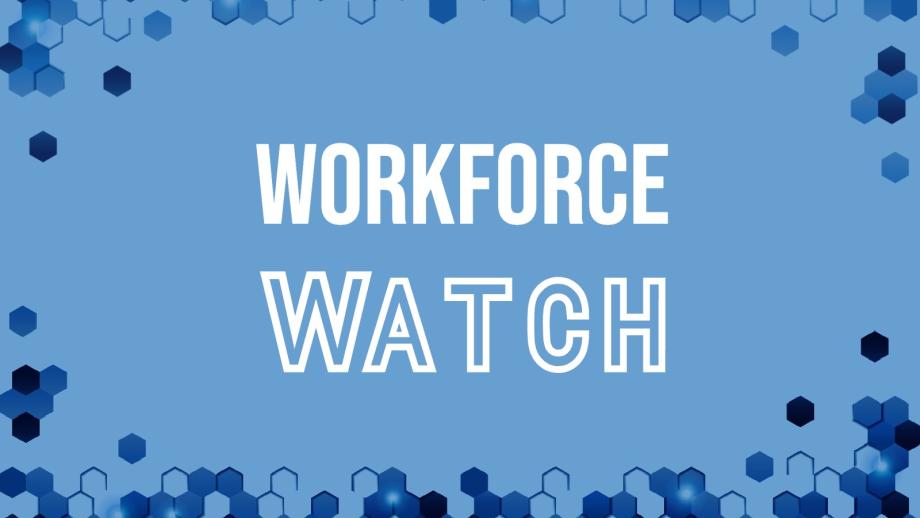The challenges are familiar: persistent talent shortages in jobs critical to the U.S. economy. There are not enough people to fill the jobs in sectors such as tech and cyber, clean energy, AI/emerging technologies, healthcare, and teaching. Of today’s workers, an estimated 40% will need to reskill over the next three years. And tomorrow’s workers? Their professional outcomes achieved via traditional and non-traditional educational experiences are far too variable, varying significantly by provider and program.
The Business-Higher Education Forum has a long history of bridging business and education to solve these challenges. We work with the most committed and innovative business and education leaders to build more effective, affordable and inclusive pathways from education into work. As a new CEO, I have spent the early part of 2024 in listening-and-building mode, talking to the smartest thinkers and doers in the education, human capital management, and workforce spaces.
The overarching theme from conversations with business, higher education, alternative providers, edtech, government, learners, workers, and policy leaders is that higher education can and must be an engine activating human capital, connecting individuals to opportunity and businesses to talent. Well-designed higher education models are uniquely equipped to empower students with both the technical skills (e.g., computer science, engineering, digital marketing) and the durable skills (e.g., critical thinking, working across different views, communicating with data) for success in a changing workplace and society.
In a competitive and fast changing global economy, we must build for relevance and impact by aligning education with business and industry needs. But education cannot do this alone. Business leaders must be "co-producers" of talent and active investors in the pathways and work-based learning experiences that lead to better results for business (more prepared workers, earlier connection to talent, re-activated sidelined talent), for individuals (economic mobility, career resiliency), and a stronger more resilient educational ecosystem (aligned to workforce needs). The only way to close the gaps across the talent pipeline and create better paths to opportunity is to work across an ecosystem to close them.
Our work, as well recent work from Brookings and the Harvard Center on the Future of Workforce, has consistently pointed to the power and impact of cross-sector business and education partnerships in producing effective pathways to connect learners and workers to good jobs and economic mobility, as well as solve businesses’ talent gaps. Yet, while we see strong momentum, we still see insufficient headway as measured by the progress we still have to make in aligning talent supply and demand, getting sidelined talent re-engaged, and building diverse talent pathways.
So, what have decades of experience bridging the working and learning gap taught us about the key, replicable ingredients for success to close these gaps?
- Strong and sustained business leadership and co-investment is critical to success. Our work in Connecticut to support deep partnerships with key business, government, nonprofit and business leaders demonstrates the impact of sustained leadership. The Tech Talent Accelerator is a national exemplar that has produced expanded and inclusive pathways into high-demand tech talent careers critically needed by employers in the state. One underpinning of the success of this initiative has been support from leaders of corporations such as BHEF member Stanley Black and Decker, who has made significant and meaningful investments of time, leadership, and redesigned hiring practices and leading the way for other employers to participate (you can find the full list of partners here). This commitment to being a long-term partner enables the higher education ecosystem in the state to align and mobilize in response and ensures that pathways directly align to jobs.
- Clear and validated skills signaling around workforce needs that inform supply and demand drives action. Labor market data, job postings that accurately reflect requirements, and a common language around skills and validation all are important. In emerging industries, in particular, sensemaking in real time with talent and hiring managers is key. Also important is clarity around both short- and long-term needs within key occupations, sectors, and industries, since this enables co-design significantly faster than people might think. Continued refinement and feedback loops inform refinement and calibration of skills and preparation models. Rather than doing this alone on an institution to institution level, we need to leverage national and regional opportunities to sense make and distill the key skills and competencies needed for emerging roles of the future and apply them in local contexts.
- Embed working and learning to drive better outcomes for learners, workers, and businesses, and to provide better ROI by ensuring learners can be exposed to, apply, and refine technical and durable skills in real world settings. Yet, our work demonstrates that the supply of work-based learning opportunities—especially paid opportunities—does not meet demand and access is inequitable. Designing work-based learning models (ranging from short-term projects to co-ops to apprenticeships) that align to employer needs (talent identification and recruitment), learner needs (real challenges, real consequences, and real feedback) and can be implemented in different contexts is a core challenge to address. It is also particularly urgent given that work-based learning models reduce costs, improve time to degree, and increase the relevance of learning. Just as we have teaching hospitals, what would it take for us to build a broader “teaching employer approach” where employers co-invest in talent development and readiness?
- Incorporate industry-validated certifications and credentials where applicable that can clearly signal applied skills. Many models and options can be considered and integrated affordably in emerging digital skill areas, and can be particularly valuable for institutions that may not have in-house expertise or the ability to keep up to date in the latest technology or tools. Among the many options to consider here are Google Career Certificates and consortia models that enable institutional course sharing. The University of Texas system’s efforts are just one example of a broad-based systems level approach that supports this integration at scale.
- If you build it, they will not just come. To bring talent, especially sidelined or underrepresented talent, into emerging fields, new recruitment approaches are needed. Broad-based regional and national campaigns from business and sector leaders, embedded pathways reaching back to K-12, and bold new models that integrate working and learning must be used to reduce friction and increase affordability. For example, what might it look like to have a national scholarship or leadership pipeline that would enable students to enter, study, gain work experience, and complete in the most urgent career paths that we need?
- Use intermediaries to scale impact and sustain momentum for cross-sector partnerships. Even for organizations skilled in 1:1 employer <> business engagement models (which are a minority of institutions and companies), collaboration across multisector partnerships is a different ballgame. Intermediaries (which include organizations at the national, state, regional, and local level) are important partners that convene and clarify business needs, create shared articulation strategies to create scale of demand, and sustain long-term partnerships.
We can use these approaches to build replicable, sustained pathway development across multiple regions and sectors and across the diverse players in our education and business ecosystem. As we support business leaders and higher education institutions to do this work at scale, we are focused on three key areas that require national collaboration and then can be situated in regional and local contexts:
- Sensemaking with talent leaders on skills and illuminating the high-demand skills and occupations of the future so we can proactively design integrated and interdisciplinary pathways and align supply to demand
- Co-designing, testing, and scaling new models that bridge learning and work
- Sharing what we are learning about what works (and what doesn’t) and disseminating tools, advice, and learnings broadly
Contact us to learn more about our work OR to nominate your region or employer for our Business-Higher Education Forum Innovation to Impact Award. We want to hear what you are up to, and maybe you’ll read about it here next.








